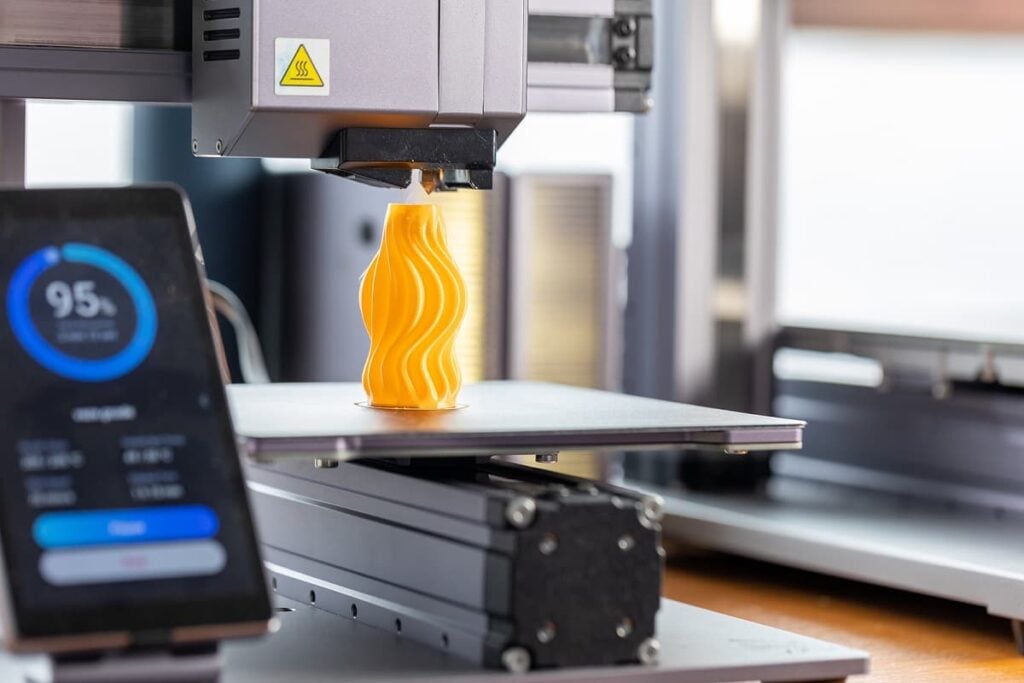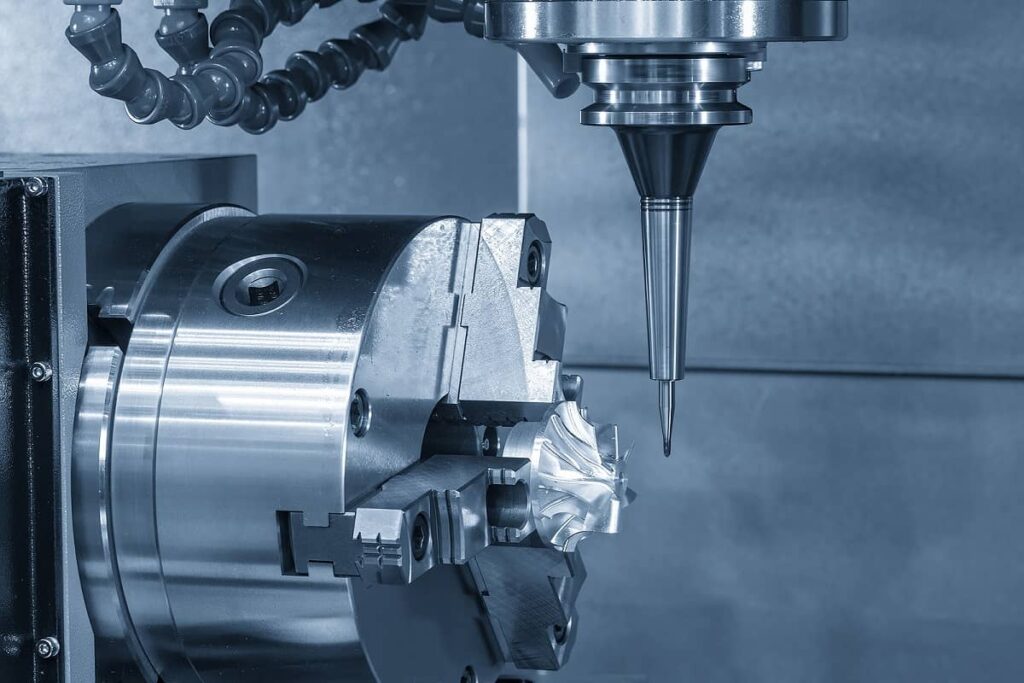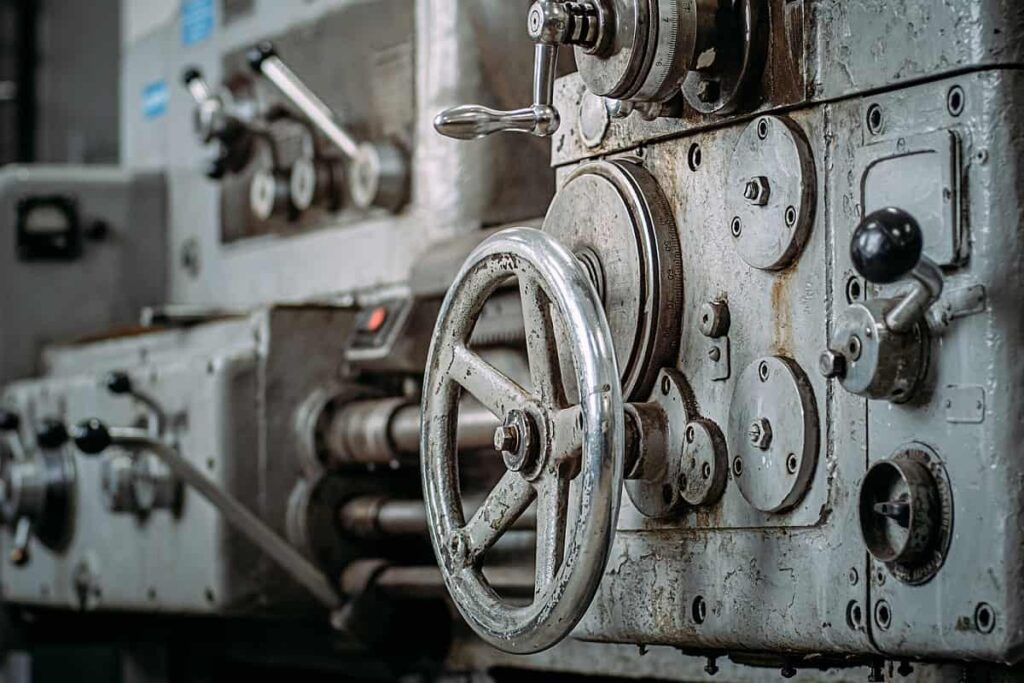Is Protolabs a 3D Printing Stock Yet?
Table of contents

We recently wrote about the dismal performance of 3D printing stocks which might be explained by a shift in the business model for the 3D printing industry from a 3D printer on every corner to what we used to call “3D printing bureaus.” It’s a revolution for the manufacturing industry, something that’s now being called “on-demand manufacturing” among other things. The focus is on using multiple manufacturing methods – injection molding, computer numerical control (CNC) machining, 3D printing, and sheet metal fabrication – to manufacture custom parts for customers using software solutions to streamline the process. One company has become the world’s largest and fastest digital manufacturer of custom prototypes and on-demand production parts – Protolabs.
Protolabs Reinvents Manufacturing
Founded in 1999, Protolabs (PRLB) is a $2.7 billion manufacturing company that started out by developing an automated process for producing injection-molded parts in a fraction of the time and cost it had taken before. Over the years, they have made strategic acquisitions to expand their production capabilities in the areas of CNC machining, sheet metal fabrication, and of course, additive manufacturing. These manufacturing capabilities have resulted in the sort of strong revenue growth you’d expect to see from a company that’s disrupting traditional manufacturing – a Compound Annual Growth Rate (CAGR) of 22% over the past five years.
Protolabs is one of the largest suppliers of custom 3D printing services in the world, producing more than 100,000 printed components every month across six different additive manufacturing technologies. Just this month, they announced support for Carbon’s Digital Light Synthesis printing technology which can produce intricate parts and is 10 times faster than traditional additive manufacturing methods. So, is Protolabs a 3D printing stock yet?
Is Protolabs a 3D Printing Stock Yet?
Just over four years ago we were lamenting the horrible performance of 3D printing stocks in an article titled “Protolabs is Not a 3D Printing Company. Yet.” which noted that “3D printing” accounted for 7.7% of Protolabs’ revenues for Q1-2015 (about $4.5 million). Fast forward to today and 3D printing now accounts for 13.2% of their revenues in Q2-2019 (about $15.3 million).
For the first six months of this year, their 3D printing segment grew at around 16% which showed the strongest growth for any one of their other segments. Putting this all together, we see a company that’s consistently demonstrating strong revenue growth as “digital manufacturing” takes hold across a broad swath of industries such as automotive, health care, electronics, and aviation.
As new 3D printing technologies like Carbon come online, the contribution of 3D printing to Protolabs’ overall revenues should continue to increase. While calling itself “the world’s largest and fastest digital manufacturer of custom prototypes and on-demand production parts,” Protolabs isn’t alone in their quest to provide digital manufacturing services to the masses.
Protolabs Competition
When it comes to competitive positioning, Protolabs situates their offering between the 19,507 machine shops in the United States and scaled manufacturing companies that offer high-volume, low-mix manufacturing services.
Protolabs operates in the “high mix, low-volume” space with ownership of the entire production process and machines allowing them to control quality. With some machine operators adopting “pay only when machine is in use” business models, Protolabs can easily navigate changes in demand. Even if they’re forced to buy, the company claims that they’re able to recoup costs for most machines in less than a year. At least one startup out there seems to think that digital manufacturing can take place without having to purchase any machines.

Back in 2017 we first wrote about “Stratasys Direct Manufacturing” which at the time was said to be “the largest 3D printing bureau in North America.” While we weren’t able to glean just how much revenue Stratasys (SSYS) was taking in from their direct manufacturing offering, they did say that between 2015 and 2016, SDM revenues slipped by around 6%. Fast forward to today and nothing much seems to be happening while the company waits for a new leader to take the helm. In our recent article on The Poor Performance of 3D Printing Stocks, we noted that while year-over-year revenue growth is nonexistent for Stratasys, the company appears to be focused on cutting costs and is steadily marching towards profitability. Meanwhile, Protolabs is not only profitable but killing it on revenue growth year after year. When Stratasys finally gets their new leader, they’ll need to take a good long look at whether or not it makes sense to compete in this space.
Conclusion
Four years ago we said that “Protolabs will have no choice but to eventually become a 3D printing company,” and while that’s their fastest-growing segment, it seems as if 3D printing is just becoming a part of the broader “digital manufacturing” trend which will use all kinds of machinery and methods to produce parts quickly and in small lots. As new 3D printing technologies are developed like Joule printing, they’ll also be used by companies like Protolabs to produce parts quicker and more efficiently. “Used in conjunction with conventional manufacturing practices, 3D printing may reduce lead times by 50 to 80 percent,” says Protolabs which goes on to talk about how on-demand manufacturing “can accelerate product development while reducing market risks.” Based on how strong revenue growth is for Protolabs, it appears that digital manufacturing is here to stay.
We’re holding two 3D printing companies in our proprietary portfolio right now. Is Protolabs one of them? Find out in “The Nanalyze Disruptive Tech Portfolio Report,” a complete list of disruptive tech stocks and ETFs we’re holding. Now available for all Nanalyze Premium annual subscribers.

Sign up to our newsletter to get more of our great research delivered straight to your inbox!
Nanalyze Weekly includes useful insights written by our team of underpaid MBAs, research on new disruptive technology stocks flying under the radar, and summaries of our recent research. Always 100% free.



















